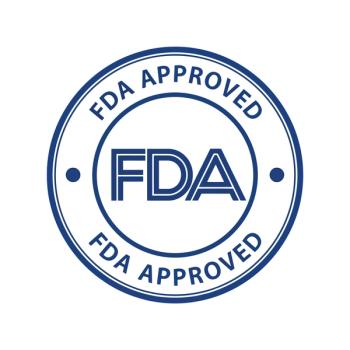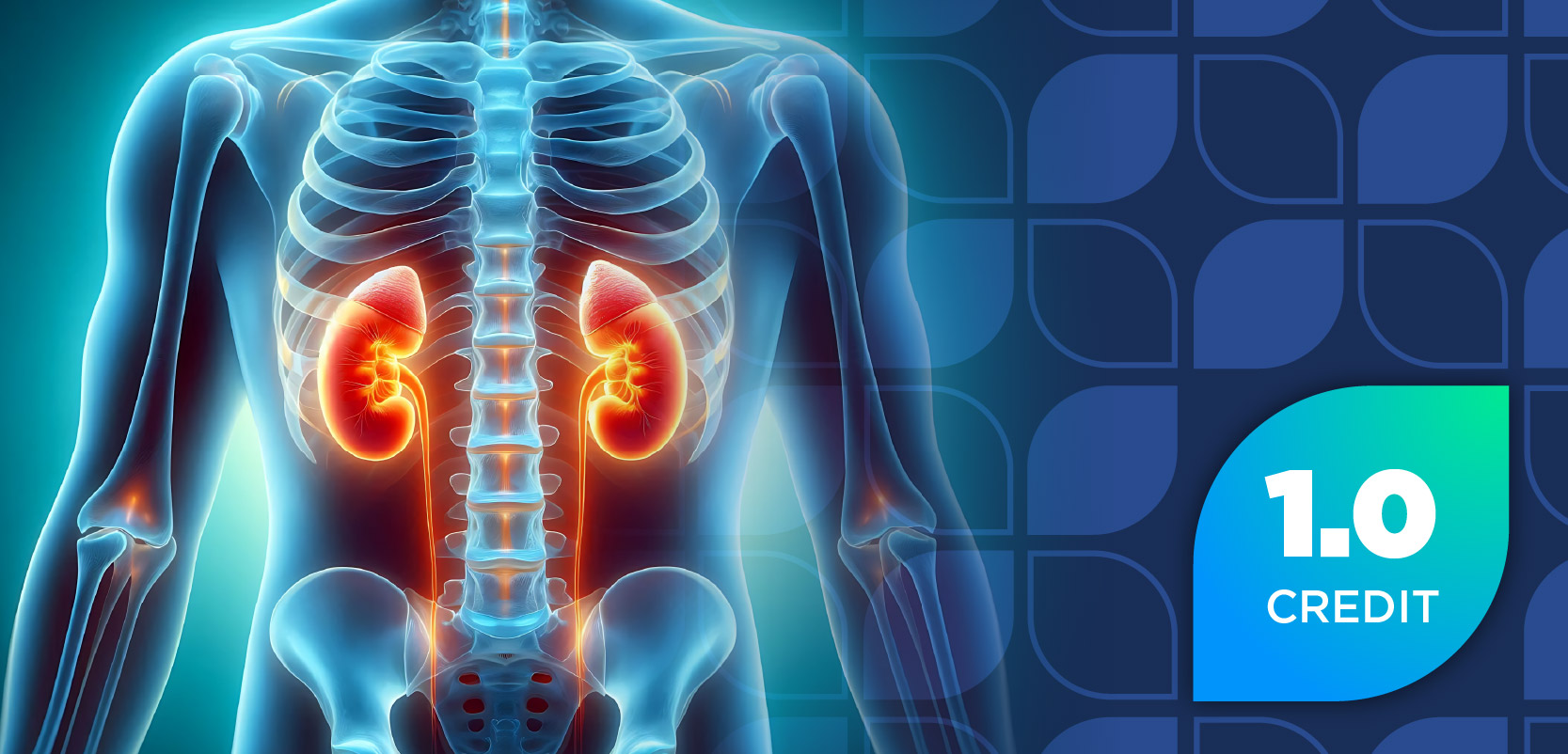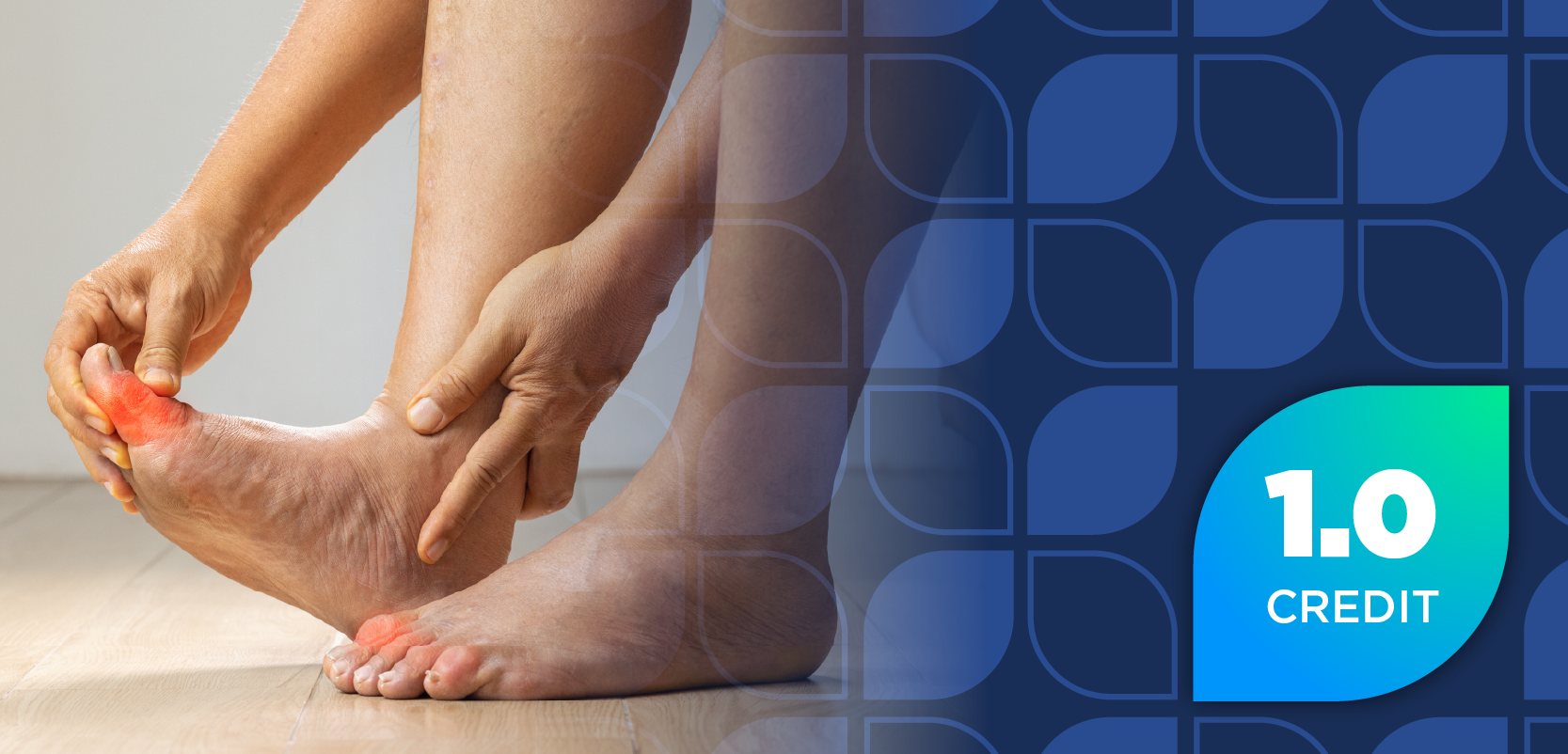This transcript was lightly edited for flow and clarity using artificial intelligence.
Pharmacy Times: What role can pharmacists play in identifying and counseling patients who may benefit from switching to low-sodium oxybate?
Key Takeaways
- Pharmacists play a crucial role in educating patients about sodium reduction and cardiovascular risk management.
- Monitoring for hypotension and reinforcing adherence can support safer transitions to low-sodium oxybate.
- Addressing sodium exposure aligns with national efforts to reduce cardiovascular morbidity and mortality, especially in high-risk groups like patients with narcolepsy.
Richard Kovacs, MD: Pharmacists are an important part of the care team. We rely on them day in and day out to help educate, treat, and counsel our patients. When pharmacists see the whole picture—seeing patients who have other cardiovascular risks or are under treatment for other problems—they can reinforce counseling about the necessity of lowering sodium intake and paying close attention to blood pressure to reduce cardiovascular risk.
Pharmacy Times: Were there any safety considerations or monitoring recommendations that pharmacists should be aware of during this transition?
Kovacs: Safety is always a major concern. Blood pressure is a marker—hypotension or symptomatic hypotension can be a problem that the pharmacist may be made aware of by the patient—but no other major safety concerns were part of the XYLO study (NCT03439436) that would be a red flag for particular risk in these patients, other than the reduction in blood pressure.
Pharmacy Times: How do these findings align with broader efforts to reduce sodium exposure and improve cardiovascular outcomes across therapeutic areas?
Kovacs: We are trying to get all of our patients in this country healthier. We’re trying to reduce cardiovascular risk. Cardiovascular morbidity and mortality are on the rise in the United States. Hypertension is, in many cases, unrecognized, untreated, or uncontrolled. So anything we can do to reduce cardiovascular risk from high blood pressure is something we all should be doing. People with narcolepsy have a higher cardiovascular risk—2- to 3-fold higher—than patients without narcolepsy, so they need even greater attention than many others.
Pharmacy Times: Is there anything else that you would like to add?
Kovacs: Just that again, we should recognize that people with narcolepsy have cardiovascular risk factors. We want to do everything we can to reduce those risks, and certainly, sodium intake is a well-recognized and treatable, fixable problem in these patients to help lower cardiovascular risk.
REFERENCE
1. A Study to Compare Two Formulations of Xylometazoline/Dexpanthenol Nasal Spray for the Treatment of Nasal Congestion. ClinicalTrials.gov Identifier: NCT03439436. Last Updated October 18, 2018. Accessed November 5, 2025. https://clinicaltrials.gov/study/NCT03439436














































































































































































































